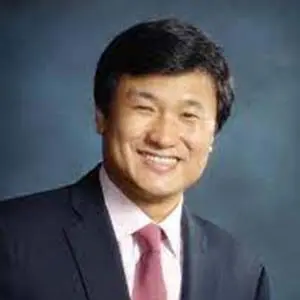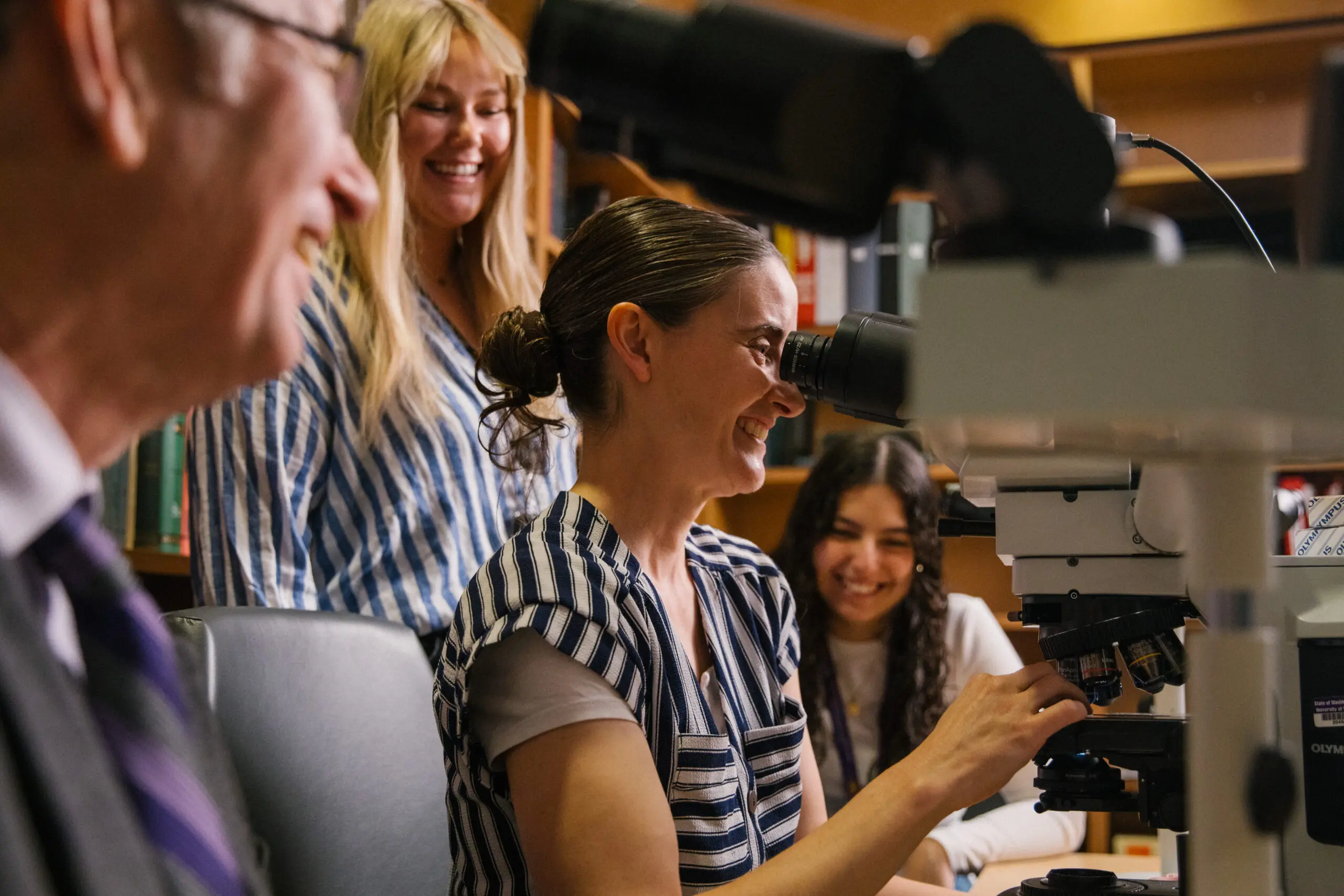For anyone who’s ever been shushed in a library, the Li Lu Library will be a welcome change: Not only is talking allowed, this space was actually designed to encourage conversation and collaboration.
The University of Washington’s new Health Sciences Education Building (HSEB), set to open in late 2022, is one of the state’s first integrated training facilities, where students studying to become nurses, dentists, social workers, physicians, pharmacists and public health professionals train and learn together. Central to the building’s functionality is its 21st-century library, which offers future healthcare professionals the spaces and technology they need for collaboration and interprofessional learning.
Integrated care is a healthcare model that seeks to radically improve patient outcomes and reduce healthcare costs. Also known as comprehensive or coordinated care, this model seeks to provide a seamless continuum of patient care, ranging from disease prevention through diagnosis, treatment and rehabilitation. Because this approach requires communication and collaboration among a care team that can include providers from many fields, the University of Washington is emphasizing integrated training that prepares tomorrow’s healthcare professionals to provide integrated care.

Li Lu
Named after the donor who gave the first major philanthropic gift toward the new HSEB, the Li Lu Library provides students with flexible, innovative and connected spaces for accessing information and working in teams. The library’s open spaces, filled with natural light from floor-to-ceiling windows, are designed to leverage technology and adapt to changing student needs. The library also plans to have reservable offices, digital video and presentation technology, and a staffed service desk.
“UW Medicine’s cutting-edge research and medical education is a source of great pride for our community,” says Li. “I am thrilled to be a contributor.” By enriching the educational journey of future healthcare professionals from across the six Health Sciences schools, Li believes this investment will create a significant ripple effect in improving the health of the public.
As part of the Health Sciences Library, the Li Lu Library will help facilitate distance-learning and access to critical clinical resources for students throughout the WWAMI region (Washington, Wyoming, Alaska, Montana and Idaho), including many rural and underserved communities. Students will be able to remotely access digital research and resources at the local, national and international levels through partnerships between with the UW School of Medicine’s WWAMI program.
The Li Lu Library is an extension of the UW Library system, now comprising 17 libraries across UW campuses. “We are excited to launch this new collaborative space, as it will provide students and faculty with greater access to essential expertise, including clinical research and data services librarians as well as information and IT specialists to support the entirety of the school’s integrated learning approach,” says Tania Bardyn, associate dean for the Health Sciences Library and director of the Network of the National Library of Medicine, Region 5.
“Thousands of students will use the Li Lu UW Health Sciences Library for decades to come,” says Dr. Paul Ramsey, chief executive officer of UW Medicine. “Mr. Li’s generous gift will equip students with the information and tools they need to transform the future of healthcare.”
Written by Alice Skipton

